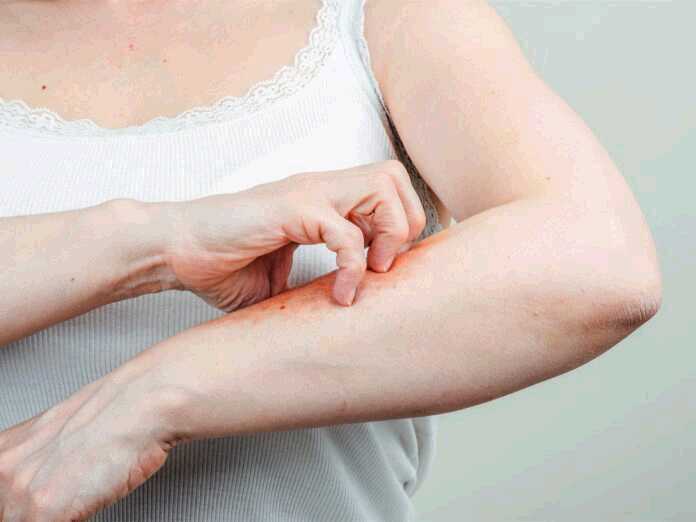
Shingles and psoriasis are skin diseases. They both manifest as a painful rash.
However, it’s important to learn the difference between shingles and psoriasis. After all, they are two very different diseases with different treatments. So what are some key differences?
Shingles Is Contagious, Psoriasis Is Not
Shingles is also called herpes zoster. You can catch it from someone who has shingles. Additionally, there’s a link between this infectious disease and chickenpox.
But psoriasis isn’t catching. This is a chronic skin condition.
Shingles Affects Your Whole Body, While Psoriasis Rashes Are More Contained
If you have caught the shingles, you will develop a rash somewhere on the skin. In many cases, this is confined to only the left or only the right side of your body. It will probably spread to your torso.
People who have shingles may also develop a fever and a headache.
In the case of psoriasis, the rash isn’t as widespread. While it can manifest on the torso, other areas are likelier to break out in a rash. Your scalp, elbows and knees are at a high risk.
One in three people with psoriasis will also suffer from joint pain, especially in the hands, ankles and knees.
There Is a Difference Between Shingles and Psoriasis Rashes
Both rashes are painful and itchy. However, shingles manifests as red spots. Psoriasis comes with flaking skin and silvery scales on top of the rash.
The Treatments Aren’t the Same
Since shingles is a viral infection, you can vaccinate against it. You can lower your chances of catching this disease.
You can’t prevent or cure psoriasis. But there are treatments that can help ease the symptoms.






























